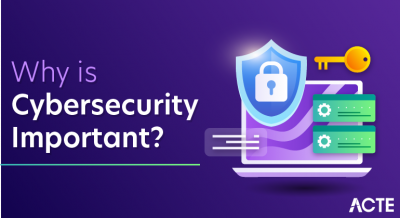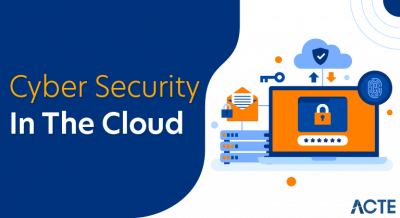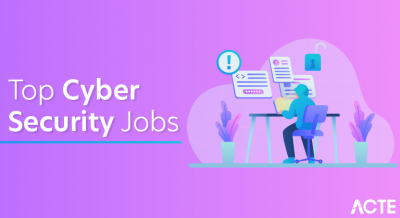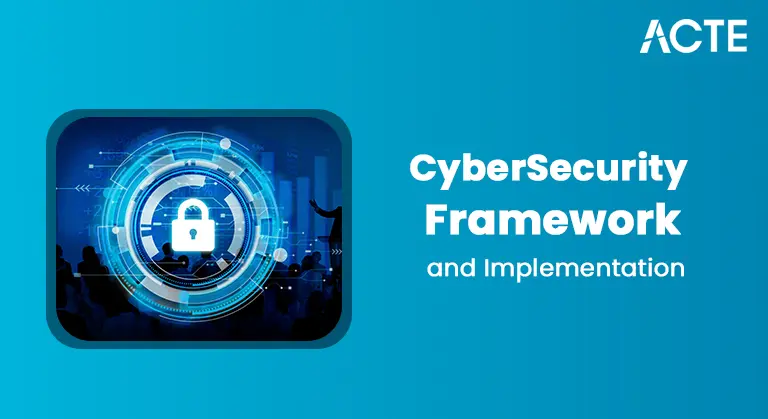
- AWS Serverless Computing
- AWS Serverless Architecture
- AWS Serverless Authentication
- AWS Serverless Functions
- AWS Serverless Services
- AWS Serverless Applications
- AWS Lambda vs AWS Serverless
- Conclusion
AWS Serverless Computing
AWS Serverless is a computing model provided by AWS that handles all the backend tasks for users, allowing them to focus on building and running their applications without managing infrastructure. With AWS Serverless, the platform can manage various services that users need to construct their applications. These services include compute with AWS Lambda, data storage through Amazon S3, and data stores with Amazon DynamoDB. Additionally, AWS Serverless offers API proxy capabilities through Amazon API Gateway, application integration with Amazon SNS, and orchestration using AWS Step Functions. Users can also benefit from analytics using Amazon Kinesis, developer tools, and security and access management via AWS Identity and Access Management (IAM). By utilizing these services, AWS Serverless simplifies application deployment, reduces operational overhead, and scales automatically based on demand, making it an ideal solution for businesses looking for efficient, cost-effective solutions, including Amazon Web Services Training . This eliminates the need for manual server management and ensures faster development cycles and improved reliability. Furthermore, AWS Serverless promotes innovation by enabling teams to experiment quickly and scale without limitations.
AWS Serverless Architecture
AWS Serverless Architecture enables customers to construct and run packages and offerings efficiently. It eliminates the pressure of manipulating the package infrastructure. The packages still run on servers; however, those servers are controlled via AWS. This approach offers backend support, and customers most effectively need to pay for the offerings they utilize. AWS Serverless Architecture has diverse advantages over server-centric and cloud-primarily based total infrastructures; it provides extra scalability, faster time to release, and more flexibility at a lower cost because customers pay for what they use.
Serverless Automated Deployment
The AWS Lambda console can offer an automatic deployment pipeline, which can assist customers in creating a Serverless application. The offerings presented via AWS may be incorporated with the AWS Serverless Application Model (SAM) to automate deployments. AWS SAM simplifying serverless application development by providing infrastructure as code, making it easier to define and manage resources. .
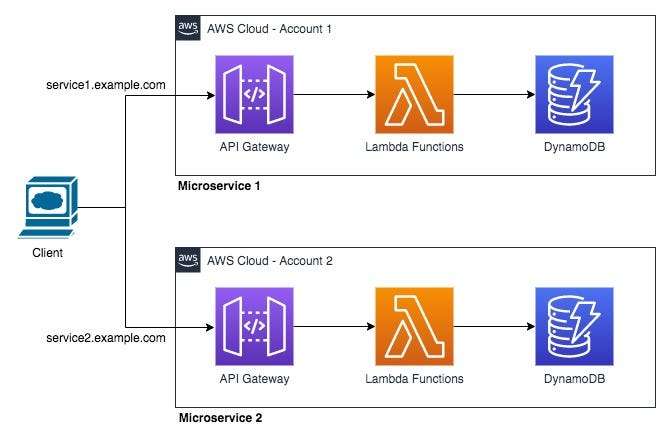
Serverless Authentication with JSON Web Tokens
Authentication determines whether the customer credentials are accurate. Authorization determines what capabilities a customer is permitted to perform. Different customers may have exceptional privileges.Excited to Obtaining Your AWS Certificate? View The AWS Course Offered By ACTE Right Now!
JSON Web Tokens
JSON Web Tokens (JWTs) are a very good manner of transmitting statistics quickly. It is a string of 3 additives with a “.” among each different component. Lambda authorizer, an API Gateway feature, is positioned into use via AWS Lambda. Lambda capabilities govern the customers` API Testing to get the right of entry. The authorizers are of types:
- Token-primarily based totally Lambda authorizer
- Parameter-primarily based request Lambda authorizer
Additionally, JWTs provide a secure and efficient way to handle user authentication, as they are compact, self-contained, and can be easily verified. This makes them ideal for managing session states in serverless applications while enhancing security.
AWS Serverless Authentication
AWS Serverless admission is authorized via way of three kinds of identities:
- AWS Account Root User
- AWS IAM User
- IAM Role
AWS Account Root User
The AWS Account Root User is the number one and most adequate account in an AWS environment, created when an AWS account is first set up. It has complete administrative access to all AWS offerings and resources, which include billing, safety settings, and account management. Because of its excessive stage of control, AWS strongly recommends minimizing root person utilization and securing it with multi-issue authentication (MFA). Instead of using the basis person for everyday obligations, it’s an exceptional exercise to create IAM customers with unique permissions and use the basis account best for crucial functions, including account closure, billing facts updates, and carrier restricted requests. Proper safety measures, which include sturdy passwords and MFA, assist in defending the person from unauthorized admission and ability safety threats.
Interested in Obtaining Your AWS Certificate? View The AWS Online Course Offered By ACTE Right Now!
IAM User and IAM Role
In AWS Identity and Access Management (IAM), each IAM User and IAM role controls permissions; however, they serve exceptional purposes. An IAM User represents a character person account inside an AWS account. It is created for someone who desires admission to AWS resources, and it comes with a unique username, password, and access to keys for authentication. IAM customers are assigned unique permissions via IAM policies, allowing them to carry out obligations primarily based on their roles, including gaining access to S3 buckets or handling EC2 instances. An IAM Role, on the other hand, isn’t connected to a particular person but is thought through entities, including AWS offerings, applications, or IAM customers that want brief permissions. IAM roles use brief safety credentials and are regularly used for cross-account access, granting permissions to AWS offerings like EC2 or Lambda without storing long-term credentials.
In summary, IAM users are supposed to require constant admission to AWS. IAM Roles offer brief, permission-primarily based admission to AWS offerings, applications, or outside customers. AWS Certified Devops Engineer certification helps professionals gain expertise in managing IAM roles, permissions, and security best practices, ensuring efficient and secure access management in AWS environments.
AWS Serverless Services
Let us now check a number of the AWS Serverless services:
- Serverless Computation Services: AWS Lambda permits customers to run code without the problem of handling servers, and the most effective must pay for what they use. Users can run Lambda capabilities using Lambda Edge as a reaction to Amazon CloudFront occasions at AWS Edge locations. AWS Fargate is a computer engine that is Serverless and constructed for containers. It facilitates manipulating and scaling infrastructure on every occasion it’s required.
- Serverless Storage Services: The growing crew receives a highly scalable, durable, and steady item garage with Amazon S3. It carries Amazon EFS, which is transportable and easy to use, offering scalable and elastic document storage that adjusts to users’ needs. AWS Training provides learning resources to help individuals and organizations effectively utilize these storage solutions.
- Serverless Data Store Services: Amazon DynamoDB is a versatile and speedy NoSQL database provider that can handle all packages. It requires millisecond latency at any scaling.Amazon Aurora Serverless is an on-call for configuration that may be scaled automatically. With Aurora, databases begin and close automatically. It can scale to keep with the customers` needs.
- API Proxy Services: Amazon API Gateway is a controlled provider that makes it easy for builders to steady, monitor, publish, maintain, and create APIs at any scale. The Gateway may process thousands of simultaneous API calls. It additionally facilitates customers’ dealing with traffic, monitoring, authorizing, and access to manipulate and manipulate API versions.
Thinking About Earning a Master’s Degree in AWS ?Enroll For AWS Masters Program by Microsoft Today!
Application Integration Services
Amazon SNS is a managed messaging service that enables scaling and decoupling of microservices, serverless applications, and distributed systems. Similarly, Amazon SQS is a managed message queuing service that also facilitates the scaling and decoupling of microservices and serverless applications. AWS AppSync helps users create flexible GraphQL APIs, simplifying app development by providing secure access and manipulation of data from multiple sources. Additionally, Amazon EventBridge streamlines software data access by collecting data from various sources and sending it to a user’s AWS environment for further processing. These services work together to enhance the scalability, flexibility, and efficiency of cloud-based applications.
Orchestration Services
AWS Step Functions assist in making the coordination clean for the additives of microservices and allotted programs. It uses workflows that might be visual.
Analytics Services
- Amazon Kinesis: It facilitates the circulation of information on AWS and gives offerings to investigate and cargo the streaming information of Amazon Kinesis .
- Amazon Athena: It is an interactive carrier that makes studying information clean in Amazon S3 with the aid of the use of general SQL.
Developer Tooling Services
AWS additionally offers equipment and offerings that could assist builders in increasing programs within the Serverless environment. These include delivery, deployment, non-stop integration, testing, diagnostics, monitoring, etc.
Preparing for AWS Job Interview? Check Out Our Blog on AWS Interview Questions & Answer
AWS Serverless Functions
AWS Serverless is based on functions, more precisely Functions-as-a-Service (FaaS), allowing developers to break their applications into smaller, more manageable pieces. This enables them to execute without depending on the underlying server infrastructure. AWS Lambda is one of the most popular FaaS offerings on AWS, providing developers with the ability to run code or manipulate servers without the need for server provisioning. Developers can trigger events, such as modifying data in an Amazon S3 bucket, responding to HTTP requests through Amazon API Gateway, or invoking APIs using AWS SDKs. Additionally, AWS Lambda automatically scales based on the incoming traffic, ensuring that applications can handle varying levels of demand with minimal configuration. This serverless model allows for reduced operational overhead and cost-efficiency, as users only pay for the compute time their functions consume. Furthermore, Lambda integrates seamlessly with other AWS services, allowing developers to build complex applications with ease.
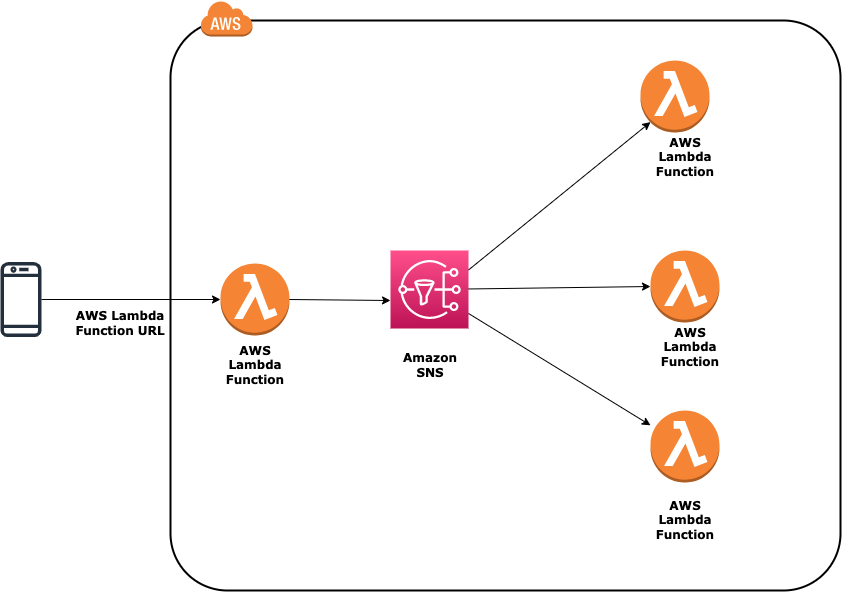
AWS Serverless Applications
- Web Application and Backend: Amazon API Gateway, AWS Lambda, Amazon DynamoDB, and Amazon S3 may be used to create Serverless internet programs and backends. They can also handle mobile, internet, IoT, and chatbot requests.
- Data Processing: AWS serverless computing allows the creation of various real-time data processing systems. By leveraging services such as AWS Lambda, Amazon Kinesis, Amazon S3, and Amazon DynamoDB, users can efficiently process and manage data at scale. AWS Lambda enables running code in response to events without managing servers, while Amazon Kinesis handles real-time data streaming.
- Amazon S3: Provides scalable storage for large data sets, and Amazon DynamoDB offers fast, flexible NoSQL database solutions for high-performance applications. These services together streamline data processing workflows and enable seamless scalability. AWS career in cloud computing offers opportunities to work with these technologies, helping professionals build expertise in scalable storage, database management, and cloud infrastructure.
- Scalability and Cost Efficiency: Serverless architectures automatically scale based on the volume of requests or data, allowing businesses to only pay for the resources they actually use, making it highly cost-effective.
- Seamless Integration: AWS serverless services integrate easily with each other, providing a unified platform for building end-to-end solutions, from front-end to data processing, without the need for managing servers or infrastructure.
AWS Lambda vs AWS Serverless
| Point of Comparison | AWS Lambda | AWS Serverless |
|---|---|---|
| Definition | AWS Lambda is a computer service that runs functions in response to events. | “Serverless” refers to the combination of AWS Lambda and API Gateway to create a serverless architecture. |
| Framework Integration | AWS Lambda can be used directly with other services or frameworks like the Serverless Framework. | The Serverless Framework specifically leverages AWS Lambda and simplifies serverless application deployment and management. |
| Purpose | Lambda focuses on running code without managing servers or infrastructure. | Serverless architecture understanding AWS Lambda and API Gateway is designed to simplify the development and scaling of applications. |
| Management & Deployment | Developers manually manage Lambda functions and triggers. | The Serverless Framework automates deployment, scaling, and infrastructure management, making it easier for developers. |
Conclusion
AWS Serverless is an essential part of AWS. It takes a significant load off the builders and gives them extra knowledge at the front to give up the programs. AWS Serverless gives a few essential offerings and functions. It additionally has essential programs inside the web, backend, and information processing. AWS Serverless Computing empowers groups to construct and run programs without dealing with the underlying infrastructure. It allows builders to be cognizant of writing code whilst AWS mechanically handles server provisioning, scaling, and upkeep. With offerings like AWS Lambda, Amazon API Gateway, AWS Fargate, and Amazon DynamoDB, serverless computing provides excessive availability, computerized scaling, and cost performance by charging the best for the computing time consumed.To gain expertise in serverless computing and other AWS services, AWS Training provides comprehensive learning paths, hands-on experience, and certification programs. These training resources help individuals and organizations enhance their cloud skills and effectively leverage AWS Serverless solutions.


